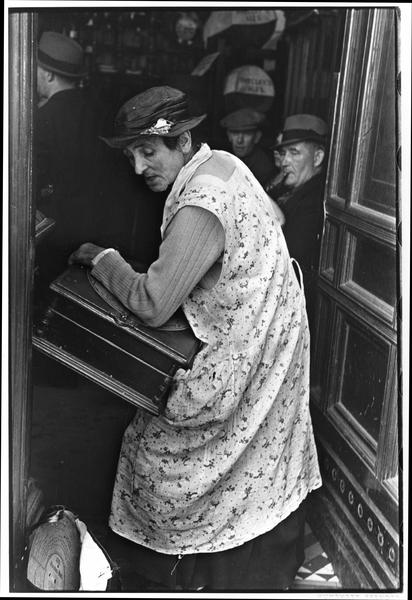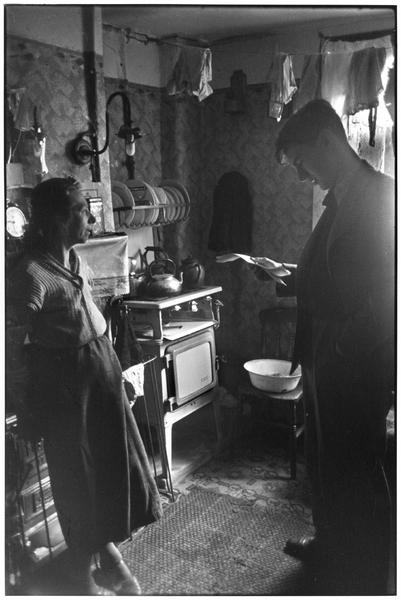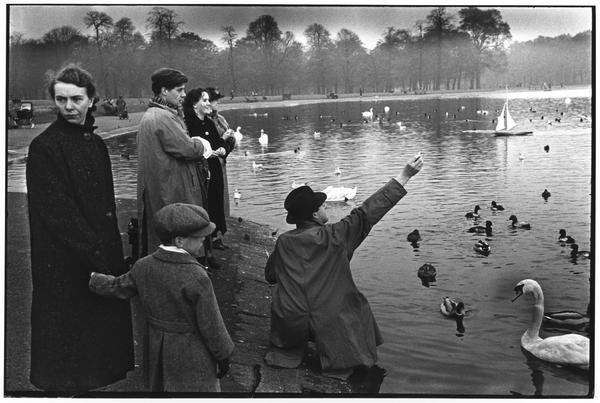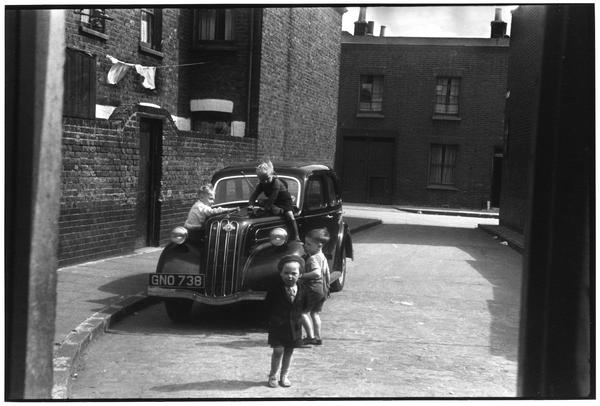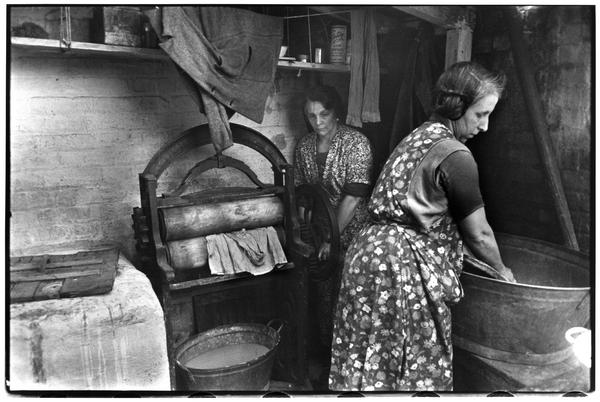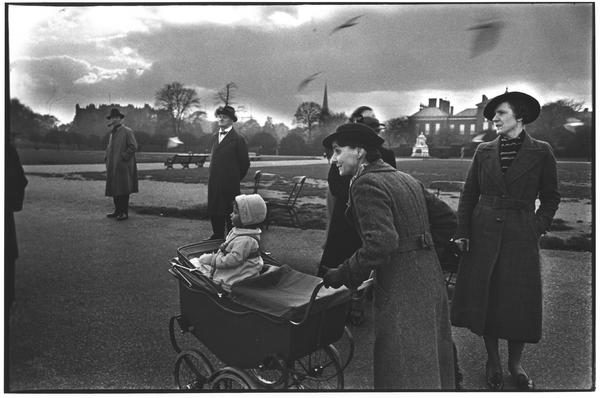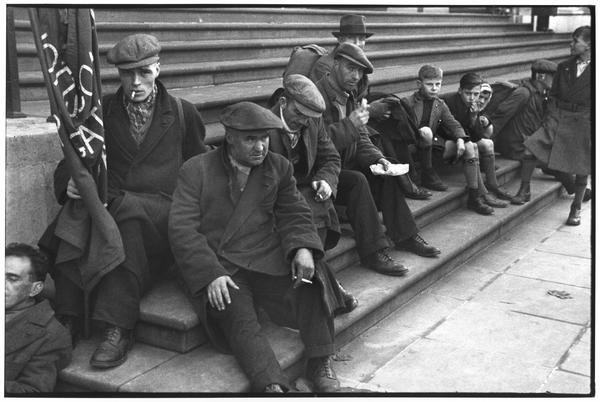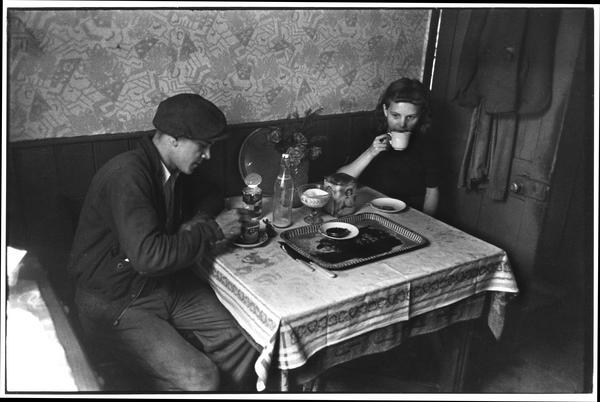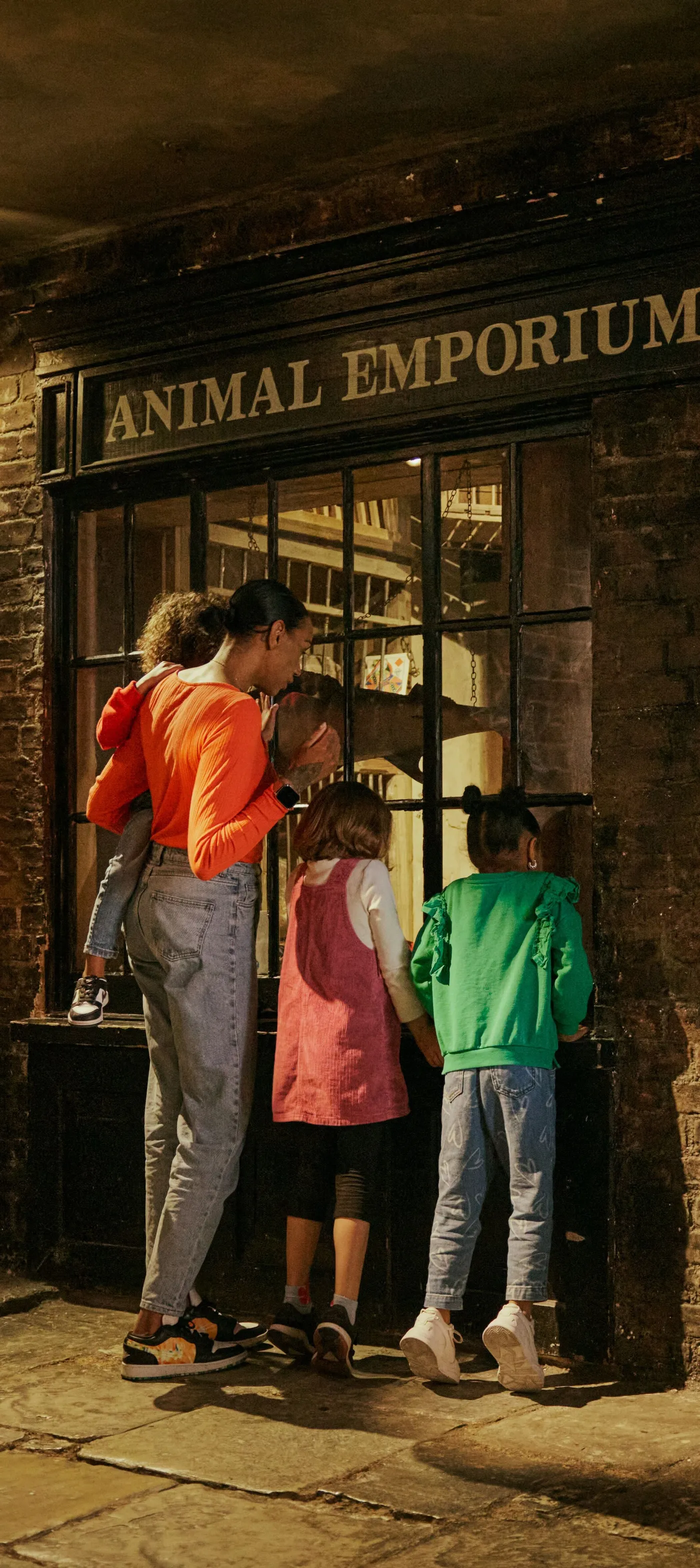Finding beauty in 1930s working-class London
Women washing clothes in the backyard. A cosy tea break. Kids playing in the street. Humphrey Spender focused his camera on these everyday London moments in the 1930s before his most famous work for Mass Observation.
Whitechapel, Stepney & Kensington
1930s
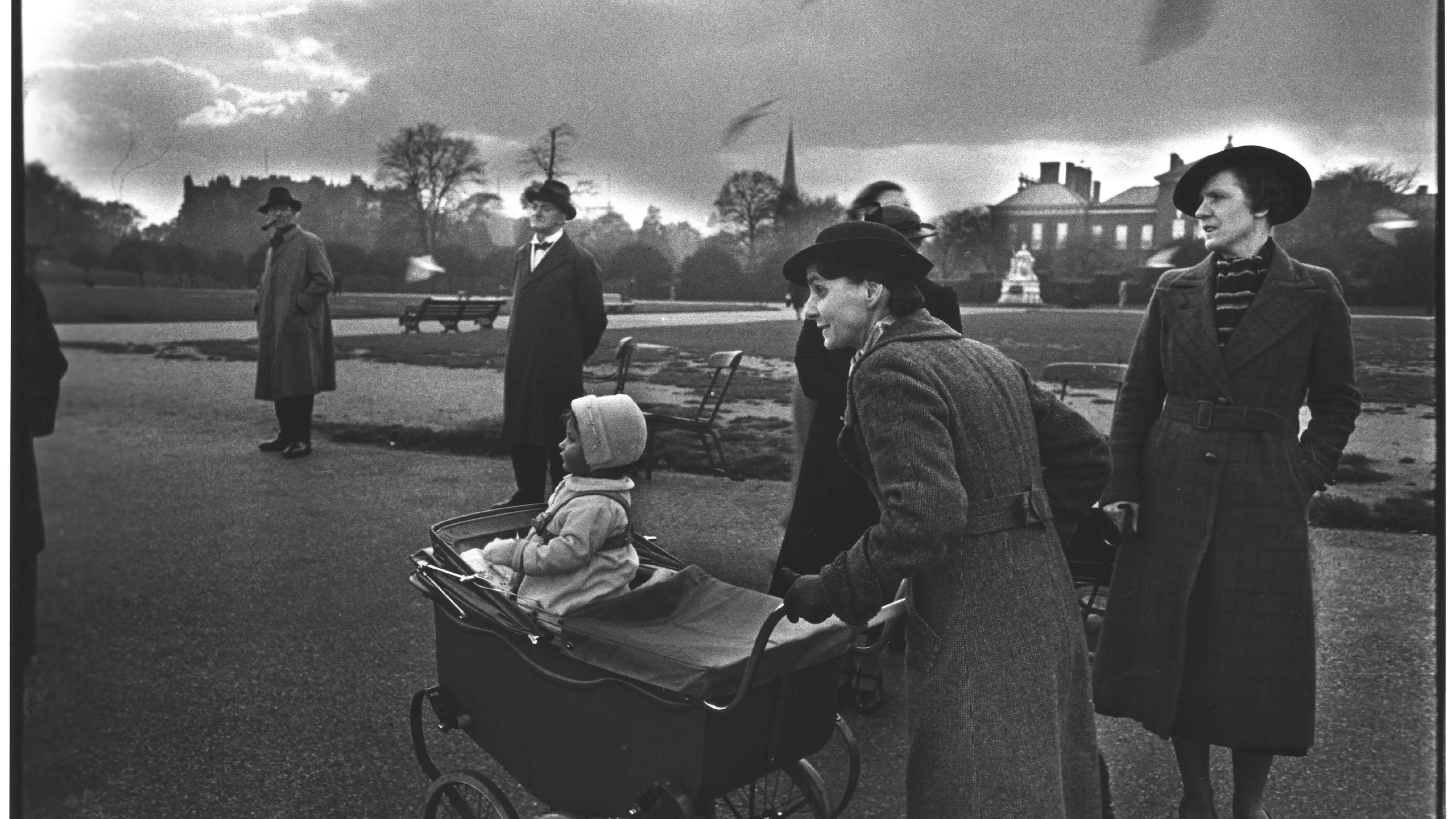
Who was Humphrey Spender?
Spender was born into a privileged family in Hampstead, north London, in 1910. He studied art history in Germany, then qualified as an architect at the Architectural Association in London in 1933. Turning away from that path, he set up a photography studio on the Strand. He started with portraits, but a job photographing working-class housing in London led to work with the Left Review and Daily Mirror before the end of 1937. The photos in our collection were mostly taken in this early part of his career.
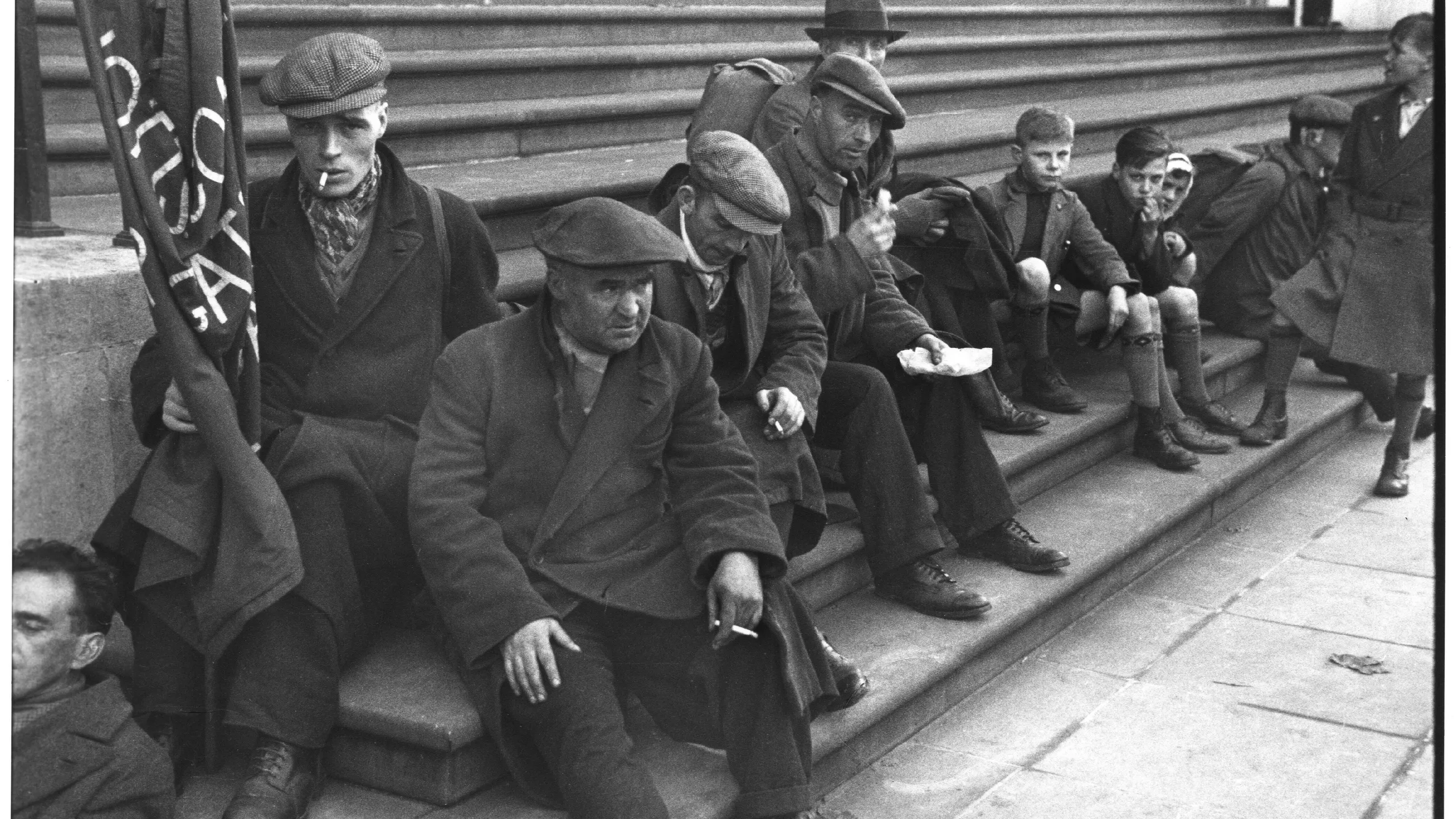
Jarrow Marchers
In 1936, Spender was assigned by the Left Review to photograph the arrival of the Jarrow Marchers. The Jarrow March saw 200 unemployed workers walk almost 300 miles from Jarrow in north-east England to London. They marched to protest the unemployment and poverty that followed the closure of the local shipyard.
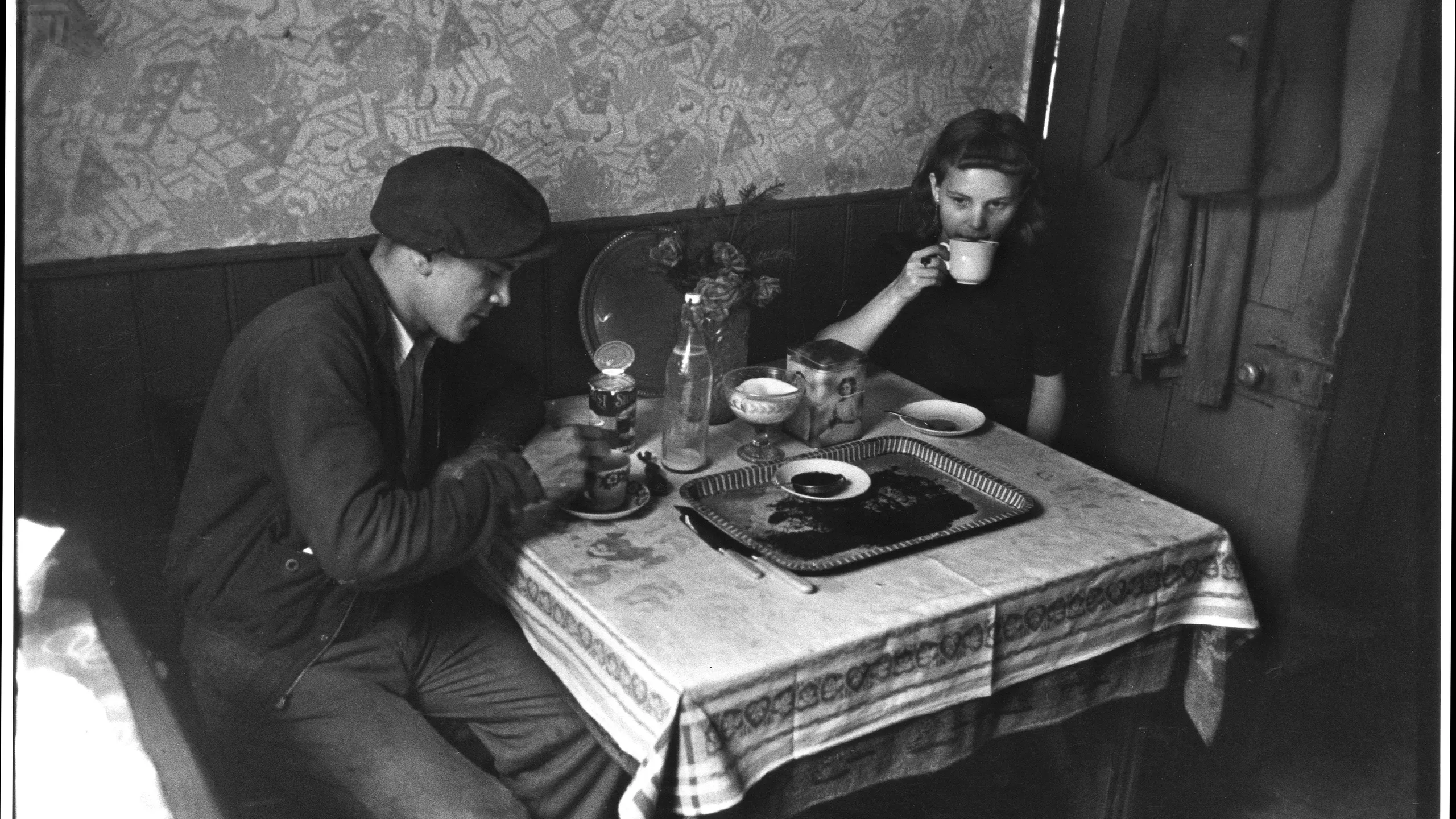
Mass Observation
Spender is most famous for his Worktown People images of Bolton and Blackpool. They were taken in 1937 and 1938 for Mass Observation, a social research project which aimed to record the unfiltered opinions and real lives of ordinary people – something newspapers rarely covered.
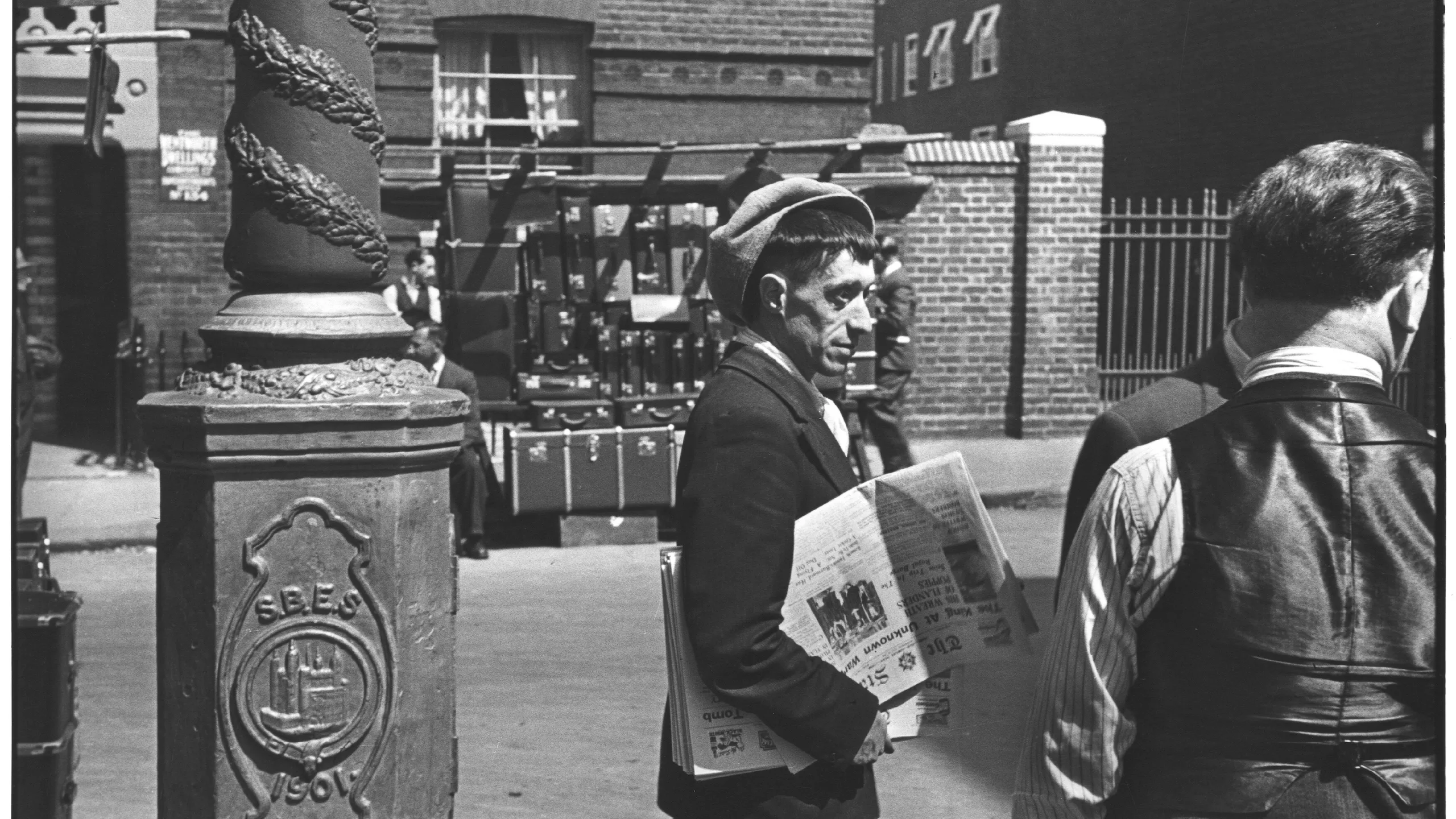
Picture Post
Spender also worked for the Picture Post after its launch in 1938. The magazine pioneered a focus on photos rather than written articles. It also aimed to capture the lives of ordinary people in Britain. It was started by a Hungarian editor, Stefan Lorant, who fled Germany after the Nazis came to power.
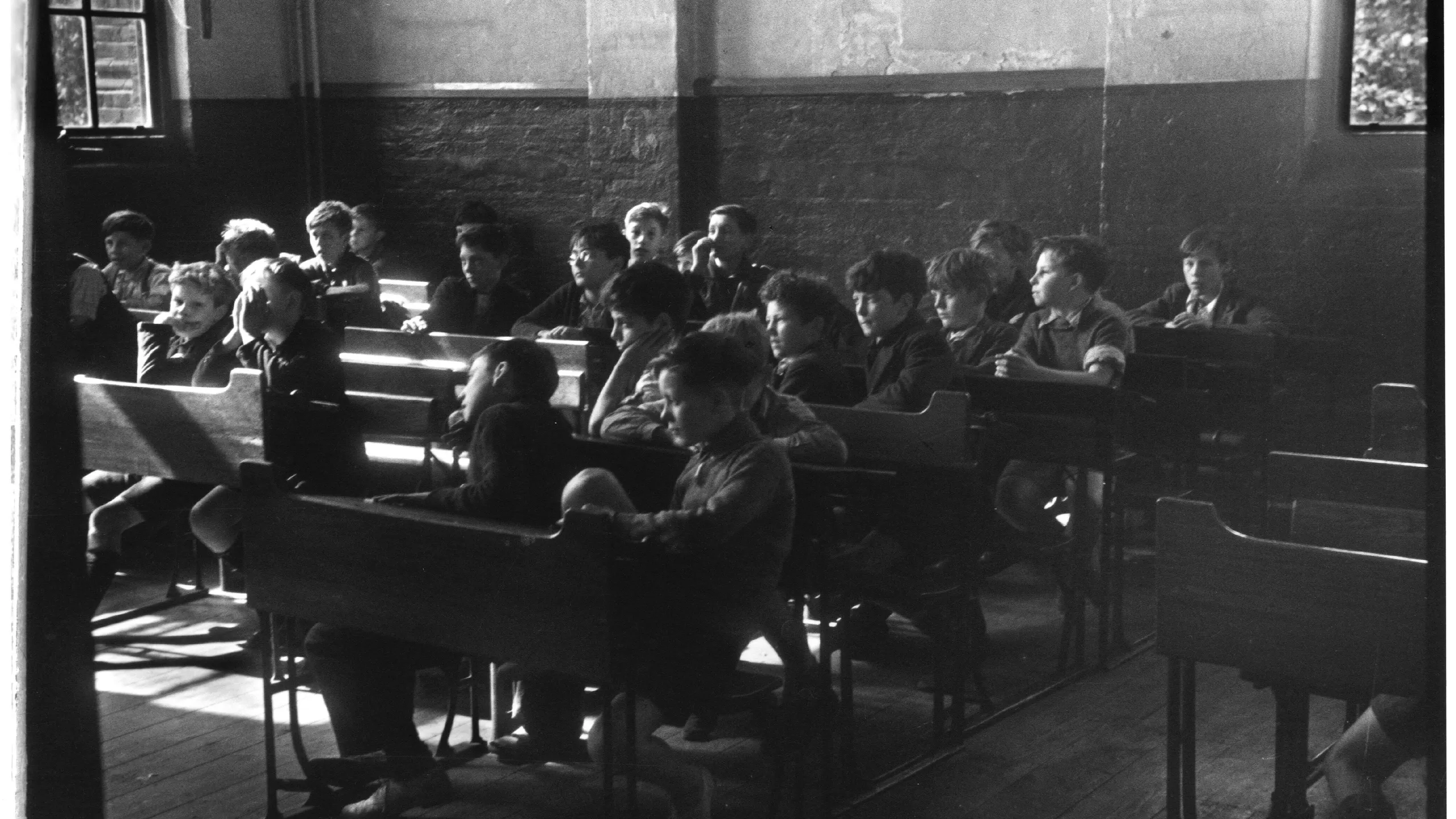
Better than beautiful
Spender believed that “The most valid and proper use of a camera is as a means of recording aspects of human behaviour; as time passes, social-documentary photographs gain in interest, whereas the 'beautiful' photograph... progressively loses interest, becomes boring."
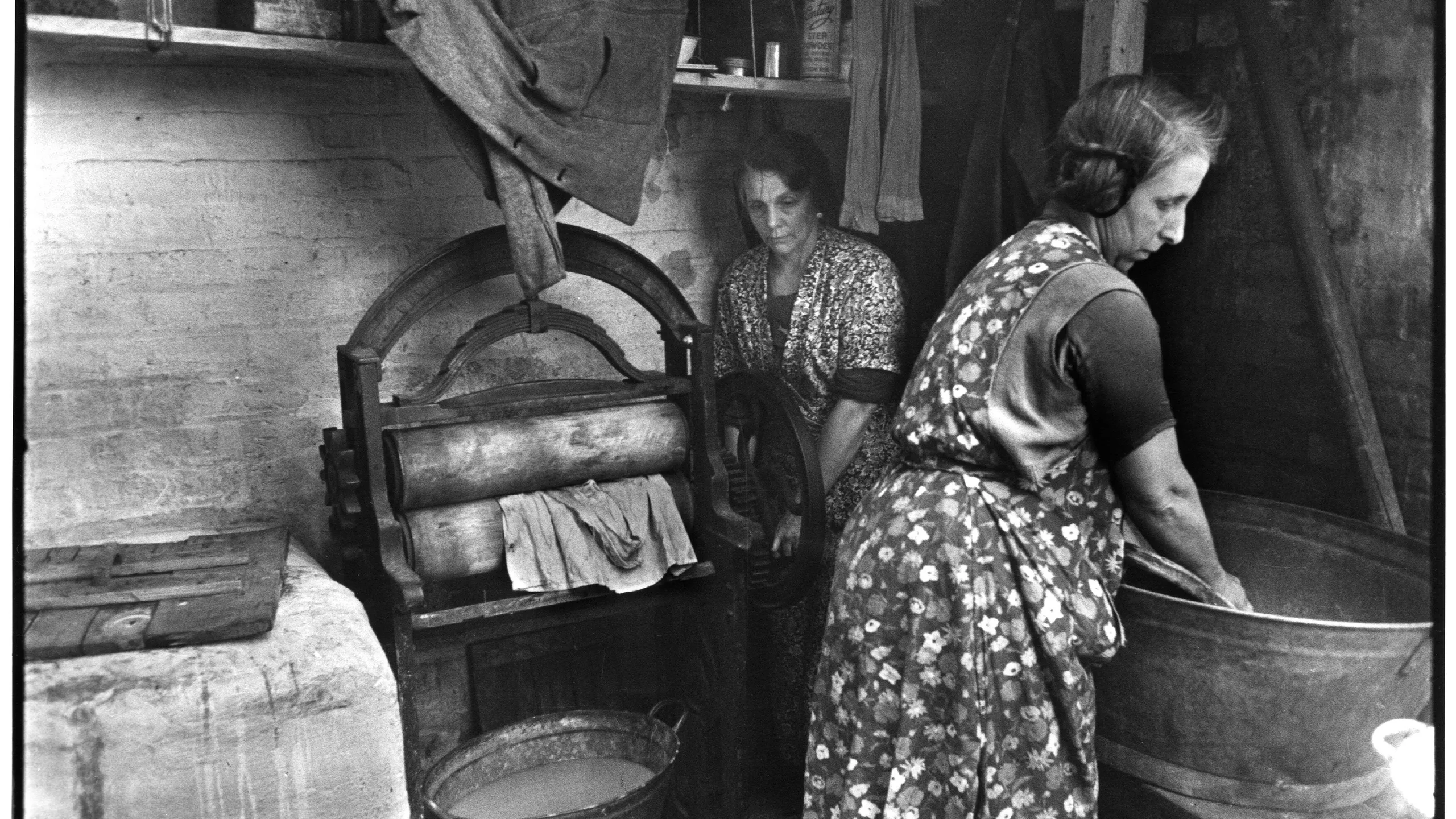
Women washing in Whitechapel
Until the 1950s, nearly one in three London households shared toilets and a water supply with other families. Laundry was washed by hand. Women often did their weekly wash together, the task taking most of the day. Water taps were usually outside, so washing was often done in backyards or an outhouse. Spender believed social problems in poor urban areas could be helped with better housing.
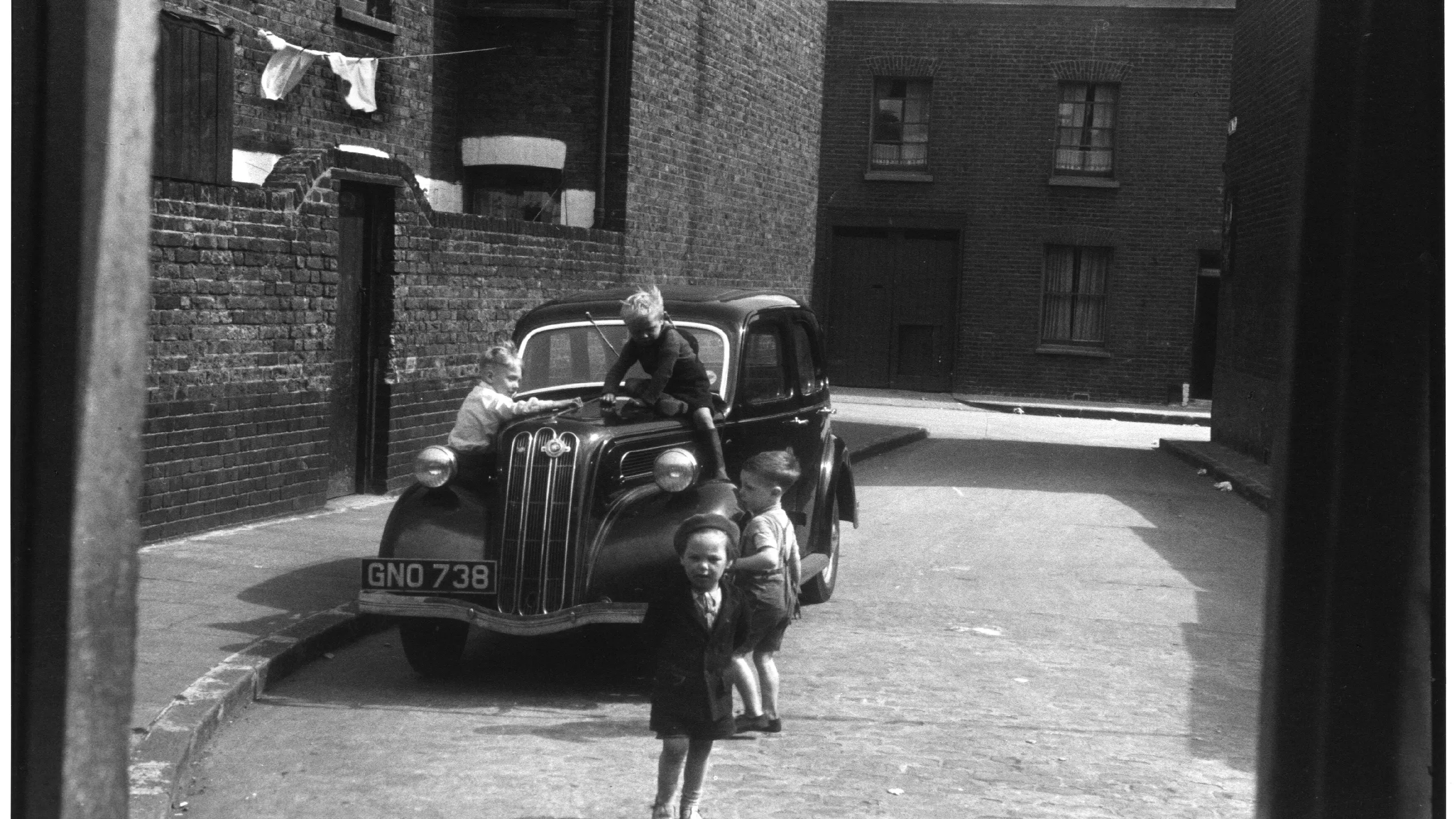
Playing in the street
It would still have been a novelty at this time for children in working class areas to see a car parked in their street. Such a sight often signalled the arrival of an 'outsider', such as a doctor.
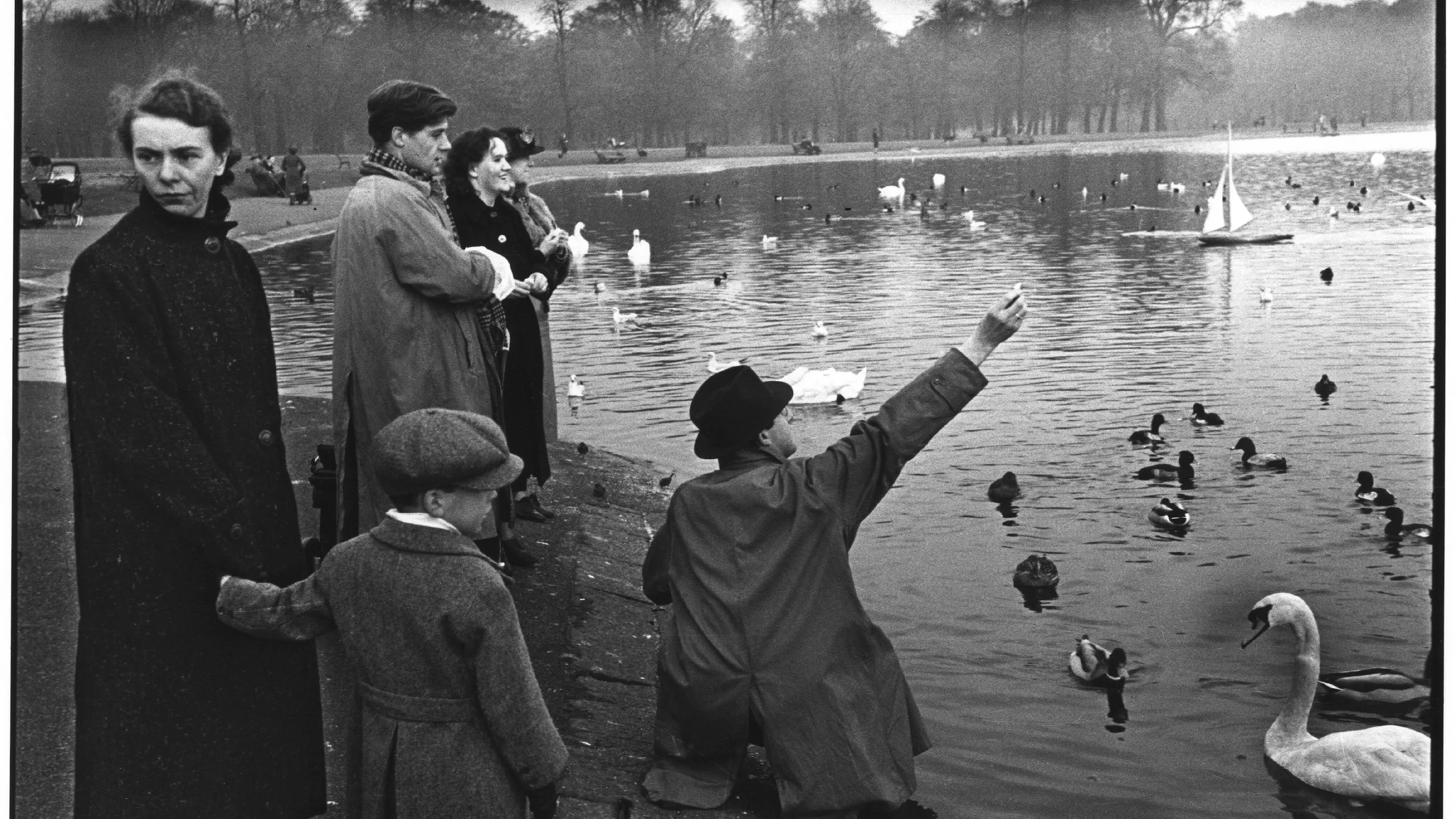
Spender’s later career
Spender was an official war photographer during the Second World War (1939–1935). He continued working with the Picture Post in the 1950s, before switching to wallpaper and textile design and painting. Spender died in 2005.

